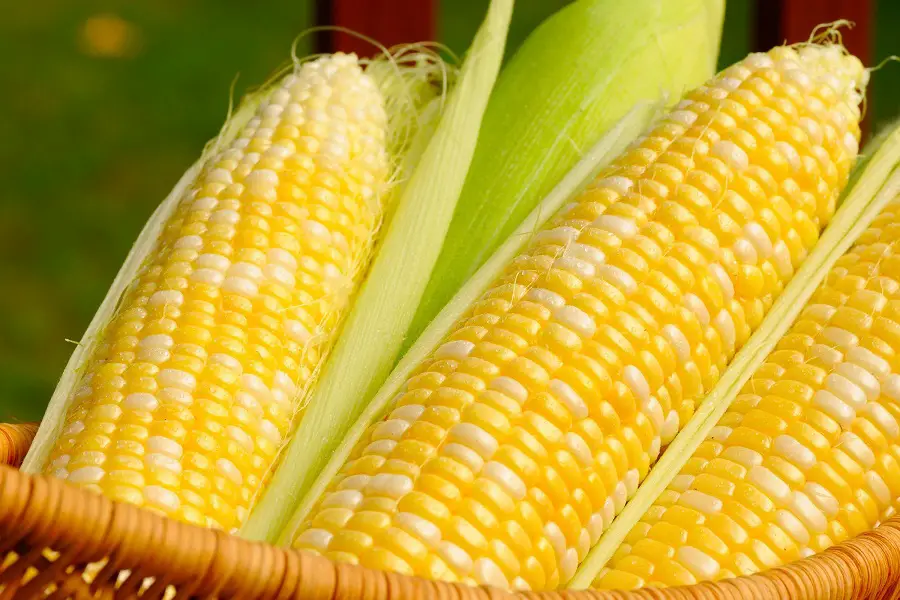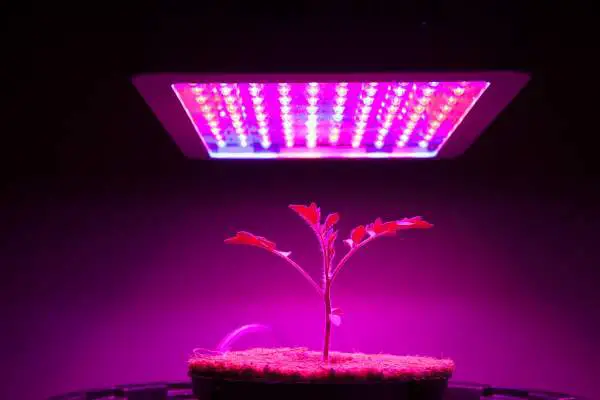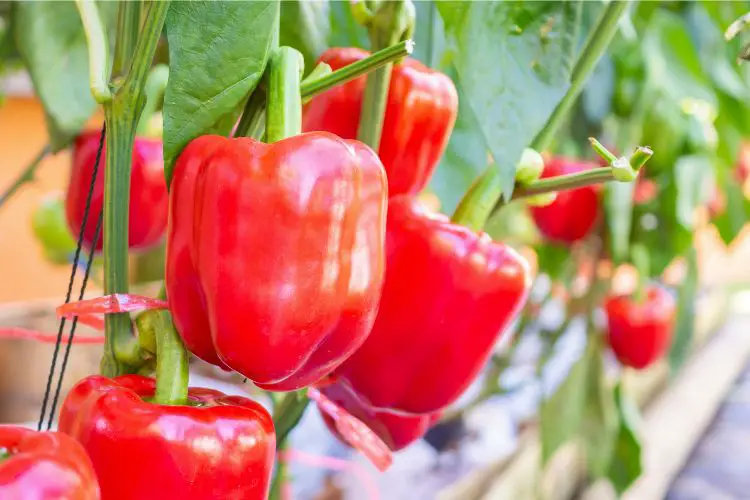Corn is probably not the most typical vegetable to plant indoors as it grows pretty tall and requires a lot of vertical space.
Still, with the proper setup, corn can be grown hydroponically either indoors or outside.
The following article will explore the requirements for growing corn hydroponically and provide valuable tips on maximizing your yield.
What is Corn?
Corn is a type of crop that is native to the Americas. It’s believed to have first been cultivated by indigenous people in Mexico and Central America, who discovered that this grain could be a valuable food source.
Today, corn is one of the most widely-grown crops on the planet. It can be eaten fresh, dried, or ground into flour. It is also used to make ethanol fuel and animal feed.
Types of Corn
There are many different types of corn, but the two main categories are sweet corn and field corn. Sweet corn is the kind you typically eat as a vegetable, while field corn is used for animal feed and biofuel.
For this article, we’ll be focusing on sweet corn, as it’s the type that’s most commonly grown in hydroponics.
Benefits of Growing Corn in Hydroponics
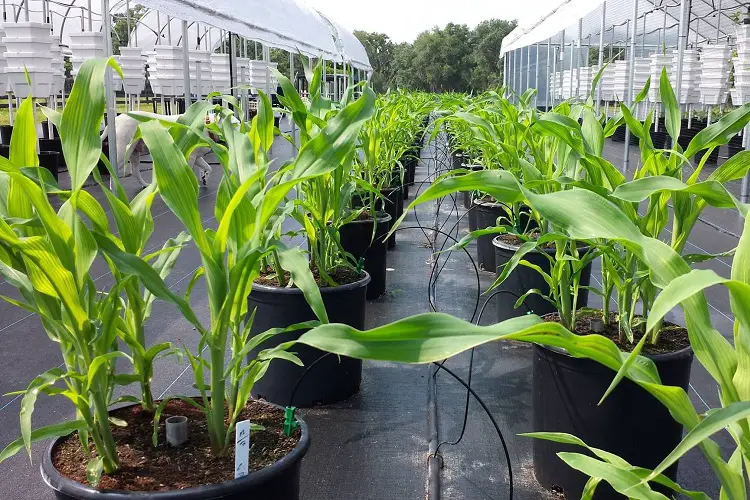
There are many reasons why you might want to have your hydroponic corn garden; here are a few:
Bountiful Harvests
When grown indoors using hydroponics, corn can produce up to twice as much as corn grown in soil. This is because growing a plant hydroponically allows you to control the environment, which results in more consistent growth and higher yields.
Pest and Disease Resistance
Indoor corn plants are less likely to be affected by pests and diseases than those grown outdoors. This is because you can better control the environment inside your grow room, and you’re not as exposed to pests and diseases that might be present in your local area.
Longer Growing Season
Since corn is grown indoors, you’re not limited by regular outdoor growing seasons, so you can enjoy fresh corn all year round!
Less Water Required
A hydroponic system is very water-efficient – it uses up to 50% less water than traditional growing methods. This is excellent news for both your wallet and the environment.
Nutrition Requirements for Hydroponic Corn
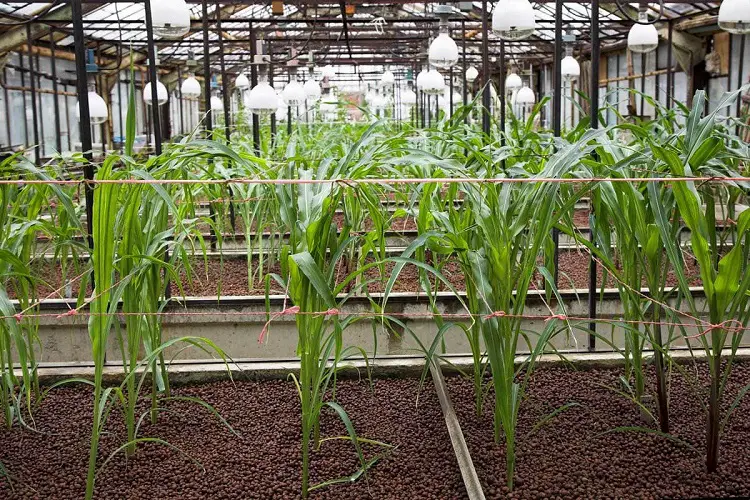
If you decide to grow hydroponic corn, you have to understand that corn craves nitrogen. With this in mind, it needs to be fed a nitrogen-rich nutrient from seed to harvest.
In addition, a moderate quantity of potassium and phosphorus will create a balanced diet for the plants.
Lighting Requirements for Corn in Hydroponics
Corn needs at least 8-12 hours of light daily to thrive fully. While overhead lighting is the most efficient option, side lighting can also work well.
It is critical to avoid over-exposing corn to the light, as this can cause the plant to become stressed and produce less crop.
Growing Media for Corn in Hydroponic Growing
Sufficiently, corn can be grown in various hydroponic systems, but an aeroponic system is the most recommended one. In an aeroponic system, the plant’s roots are suspended in the air and sprayed with a nutrient-rich solution.
This system also provides the plants with a high oxygen level, which is essential for corn to thrive. In addition, an aeroponic system is very efficient with water and can use up to 50% less water than other hydroponic setups.
How to Make Hydroponic Corn Fodder?
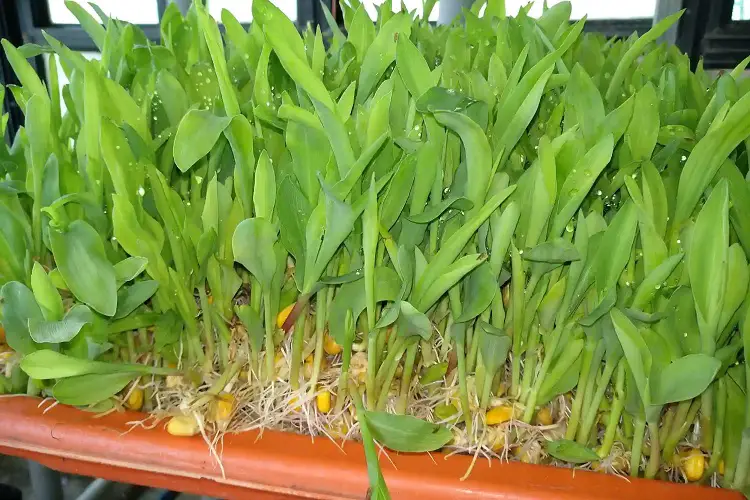
Corn fodder is a type of feed made from sprouted corn kernels. It is a highly nutritious food for livestock, containing all the essential nutrients that animals need to grow and thrive.
Making hydroponic corn fodder is a relatively simple process that can be done at home with just a few supplies.
Materials for Making Corn Fodder
- a container (I like to use a plastic storage bin)
- drill
- nylon netting or cheesecloth
- corn seeds
- water
Steps for Making Fodder
- To get started, drill holes in the bottom of your container for drainage.
- Line the container with nylon netting or cheesecloth. This will keep the seeds from washing away when you add water.
- Next, add your corn seeds. Prepare 2 cups per bin. And add water until the bin is full.
- Soak the corn kernels in water for 24 hours.
- Then, remove them from the water and place them in a sprouting tray or container.
- Allow the corn kernels to sprout for 3-5 days until they are about ¼ inch long. Once they have sprouted, transfer the corn fodder to a deep growing tray or container filled with a nutrient-rich solution.
- Allow the corn fodder to grow for 7-10 days before harvesting.
Seeding Hydroponic Corn
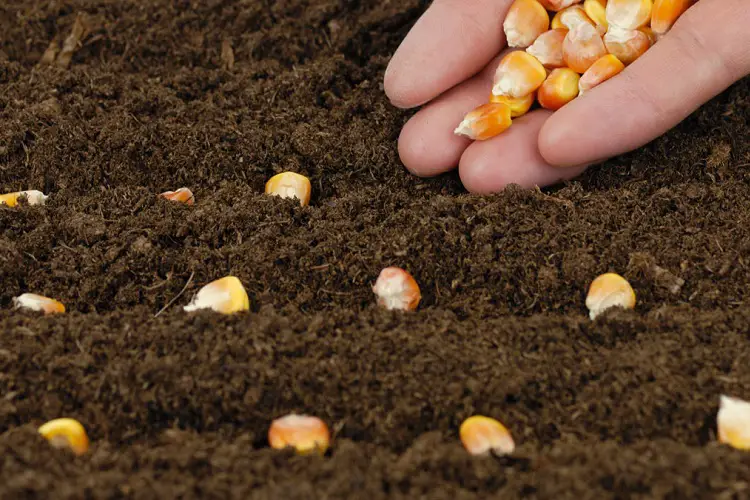
Corn is a popular crop among hydroponic gardeners because it is relatively easy to grow and is highly tolerant of different growing conditions. When seeding corn for hydroponics, it is important to use a high-quality seed that has been treated with a fungicide to prevent disease.
Corn seeds should be soaked in water for 24 hours before planting to encourage germination. After soaking, you can place the seeds in an inert medium such as vermiculite or perlite. Once the seeds have germinated, they should be transplanted into individual pots or channels filled with a nutrient-rich solution.
Corn requires a lot of light and nutrients to grow well, so it is vital to monitor the strength of the solution and the amount of light the plants regularly receive. With proper care, hydroponic corn can produce abundant harvests of sweet and delicious corn kernels.
Containers for Hydroponic Corn
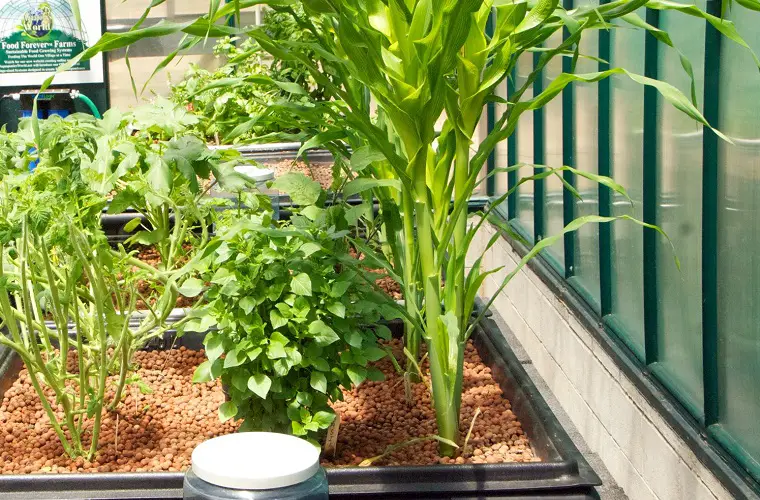
Hydroponic corn can be grown in a variety of containers, but there are a few things to keep in mind when selecting a container:
Size
A hydroponic corn container should be large enough to support a plant’s root system because a healthy root system is essential for the plant to absorb nutrients from the nutrient-rich solution. The plant will not grow and thrive if the root system is not adequately supported.
Drainage
A container for hydroponic corn should have good drainage because excess water can quickly escape.
Material
The container should be made from a non-toxic material to ensure that the plants will not be exposed to harmful chemicals.
Maximizing the Yield of Hydroponic Corn
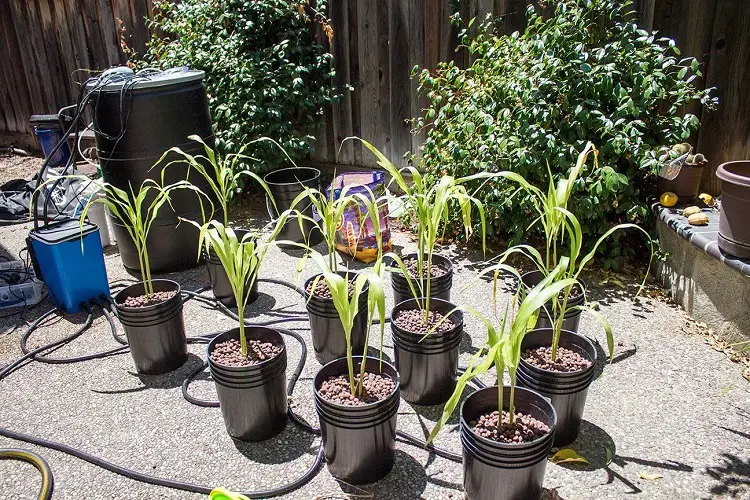
The key to making the most out of your yield is to provide the plants with adequate nutrients and water. Corn plants need a lot of nitrogen, so you must use a hydroponic fertilizer high in nitrogen.
In addition, the plants will need to be watered frequently, as they will not be able to access moisture from the soil. One way to ensure the plants have enough water is to use a drip irrigation system.
By following these simple tips, you can maximize the yield of your hydroponic corn crop.
Using Fertilizer on Hydroponic Corn
As briefly mentioned before, nitrogen is an essential nutrient for corn. However, one of the challenges of hydroponic farming is providing your plants with enough nitrogen.
Hydroponic solutions do not contain soil, so farmers must add nitrogen-rich fertilizer to the solution to ensure that the plants receive enough of this essential nutrient.
Growing Hydroponic Corn – Obstacles
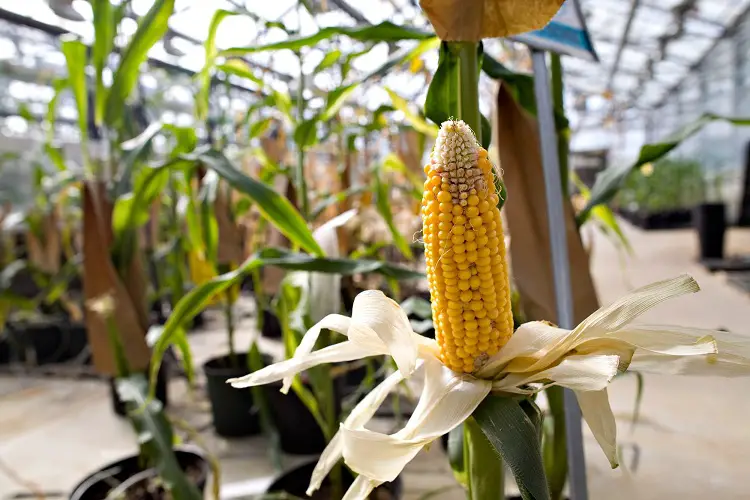
Growing corn is a challenge under the best of circumstances. Below are some of the obstacles you might encounter.
Corn is a Demanding Plant.
Corn is a large and demanding plant that requires significant space and nutrients to thrive. When grown hydroponically, corn faces even greater obstacles.
The lack of soil means that the roots have less space to spread out, making it difficult for the plant to access the nutrients it needs.
In addition, because hydroponic solutions are often highly oxygenated, the roots may not be able to absorb enough oxygen from the solution. These challenges can make it difficult to grow healthy and productive plants.
Without access to soil, the roots have difficulty anchoring the plant.
Without access to soil, the roots cannot grip the substrate as tightly, leading to the plant toppling over. In addition, soil provides many essential nutrients that plants need for growth. Without these nutrients, plants may be stunted or produce fewer fruits and vegetables.
Lack of soil means that nutrients must be carefully monitored and supplied.
Another obstacle is that growing a plant hydroponically requires careful monitoring and maintenance. The water must be monitored for pH levels and nutrient content, and the system must be regularly cleaned to prevent algae growth.
Despite these challenges, many farmers have found success in growing hydroponic corn. With careful planning and attention to detail, it is possible to overcome obstacles and produce a healthy crop.
When to Harvest Hydroponic Corn
One of the great things about hydroponic gardening is that it allows you to control all aspects of the growing environment, from the temperature and humidity to the light and nutrients.
This level of control makes it possible to grow crops year-round, regardless of the season. However, it also means that you must be diligent about monitoring the progress of your plants and carefully timing their harvest.
Hydroponic corn typically takes around 100 days to reach maturity. To ensure that your corn is tender and sweet, harvest it at the peak of ripeness. Once the ears start to turn brown, and the kernels are plump and firm, they are ready to be picked. If you wait too long, the corn will become tough and starchy.
However, if you harvest it too early, it will be underdeveloped and lacking in flavor. Therefore, keeping a close eye on your crops and gathering them at just the right time is essential.
Conclusion
Corn is a great hydroponic crop, offering many benefits over traditional farming methods.
By carefully controlling the environment and providing adequate nutrients, you can maximize the yield of your crop. Additionally, hydroponics allows you to grow crops year-round, giving you a constant supply of fresh produce.
Through time, training, proper lighting like overhead lighting, and great nutrient-rich solutions, you can soon learn to master the art of growing hydroponic corn.

